Top Tips for Taking Care of Your Spider Plant

by
Wet & Forget
(IC: professional)
Easy
No wonder spider plants are so popular: Not only are these willowy beauties a delight to look at—they are also champion air-scrubbers that benefit your home’s air quality. The right type of TLC will keep your spider plant looking great and doing its job. Here’s how to care for your spider plant, so it can take care of you!
Spider Plants: The Perfect Houseplant?
Spider plants don’t need much watering to stay healthy. Depending on how dry and sunny your home or office is, you will need to water your spider plant about every 10 to 14 days. Wait until the soil is nearly dry, and then wet the soil thoroughly without allowing it to become waterlogged. If your tap water has a high salt content, distilled water may be a better choice for your spider plant. Salt or fluoride in water can cause leaf tip burn in spider plants.
Spider plants don’t typically have a problem with pests, although some people have reported issues with scale or mealybug. You can eliminate scale bugs by pruning infected leaves and stems, or simply picking the pests off by hand or rubbing them with alcohol swabs or neem-based leaf shine in the case of light infestations.
Spider plants are easy to propagate. The easiest way to grow a new spider plant is to wait until one of the “babies” that dangle from your spider plant grows little roots on the bottom. Plant the baby in a small pot with good potting soil and keep the soil consistently moist, but not saturated, until the plant has had a chance to develop a mature root system. Then resume normal care. For a nice, full look, plant a few babies in the same pot, evenly-spaced apart.
If your spider plant doesn’t look as full and bushy as you’d like it to, fill it out by adding a few “babies” to the pot alongside it.
Enjoyed the project?
Published May 31st, 2016 8:00 PM



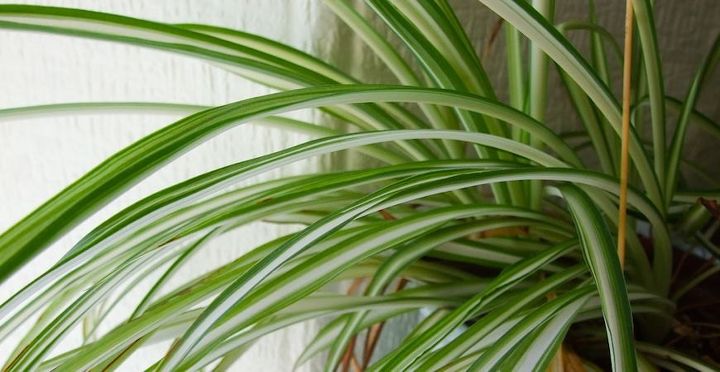











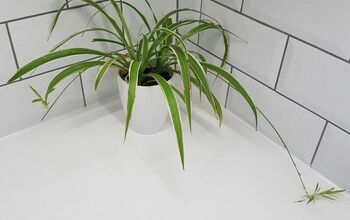
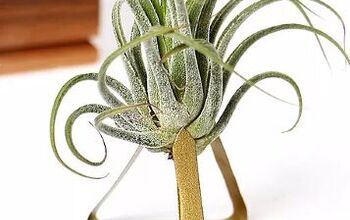

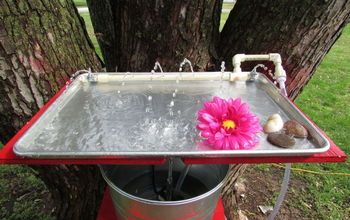


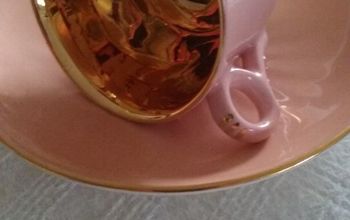



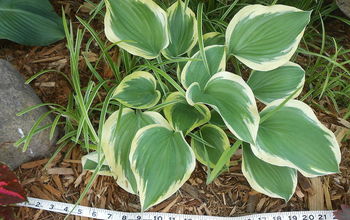





Frequently asked questions
Have a question about this project?